Description
This is a true original spec Cobray reciever flat to make a long frame MAC 11 (M11/9) in 9mm. It is actually better quality than the mass produced stamped vintage units that often had sharp edges. Made with quality steel and precisely machined.
NO FFL or paperwork is required.
Background
The MAC-11 (Military Armament Corporation Model 11) is a machine pistol developed by American firearm designer Gordon Ingram at the Military Armament Corporation (MAC) during the 1970s in Powder Springs, Georgia, United States. The weapon is a sub-compact version of the Model 10 (MAC-10), and is chambered to fire the smaller .380 ACP round.
This weapon is sometimes confused with the Sylvia & Wayne Daniels M-11/9, its successor the Leinad PM-11, or the Vulcan M-11-9, both of which are later variants of the MAC chambered for the 9 mm Parabellum cartridge. Cobray also made a .380 ACP variant called the M12.
Technical Information
| In service | 1972–present |
| Used by | See Users |
| Wars | Lebanese Civil War |
| Production history | |
| Designer | Gordon Ingram |
| Designed | 1972 |
| Prototype was in development in 1964 and 1965 | |
| Produced | 1972–present |
| Variants | MAC-11A1 |
| MAC-11/9 | |
| Specifications | |
| Mass | 1.59 kg (3.50 lbs) |
| Length | 248 mm (531 mm stock extended) (9.76 in/20.90 in) |
| Barrel length | 129 mm |
| Cartridge | .380 ACP (9×17mm) |
| 9×19mm Parabellum | |
| Action | Straight blowback |
| Rate of fire | 1200 rounds/min |
| Muzzle velocity | 980 ft/s |
| Effective firing range | 50 meters (.380 ACP) |
| 70 meters (9×19mm Parabellum) | |
| Feed system | 16 or 32-round box magazine |
| Sights | Iron sights |
Design
Like the larger M-10, the M-11 has iron sights with the rear pinhole sight welded to the receiver. These sights are for use with the folding stock, as using them without the stock is nearly useless because of the initial jump of the weapon due to its heavy, open-bolt design. The M-11A1 also has two safety features which are also found on the Model 10A1. The charging handle rotates to 90 degrees to lock the bolt in the forward position thus preventing the weapon from being cocked. The second safety is a slider which is pushed forward to lock the trigger, which in turn pins the bolt to the rear (cocked) position. This prevents the weapon from discharging even when dropped, which is not uncommon with an open-bolt design.
The rate of fire of the M-11A1 is one of the biggest complaints on the firearm. Listed as 1,200 rpm (rounds per minute), the MAC-11 is capable of emptying the entire 32-round magazine in less than two seconds, which many users view as a drawback. Rate of fire will also vary depending on the weight of bullets used. The gun also has a selector switch that allows it to fire only one round at a time in the semi-automatic mode.
Noting the weapon’s poor accuracy, in the 1970s International Association of Police Chiefs weapons researcher David Steele described the MAC series as “fit only for combat in a phone booth.”
The M-11 is the least common version in the MAC family of firearms. At the MAC-11’s high cyclic rate, extreme trigger discipline is required to discharge short bursts, which are required for combat effectiveness. Without proper training, the natural tendency of the inexperienced shooter is to hold down the trigger, discharging the entire magazine in little more than two seconds, often with poor accuracy due to recoil.

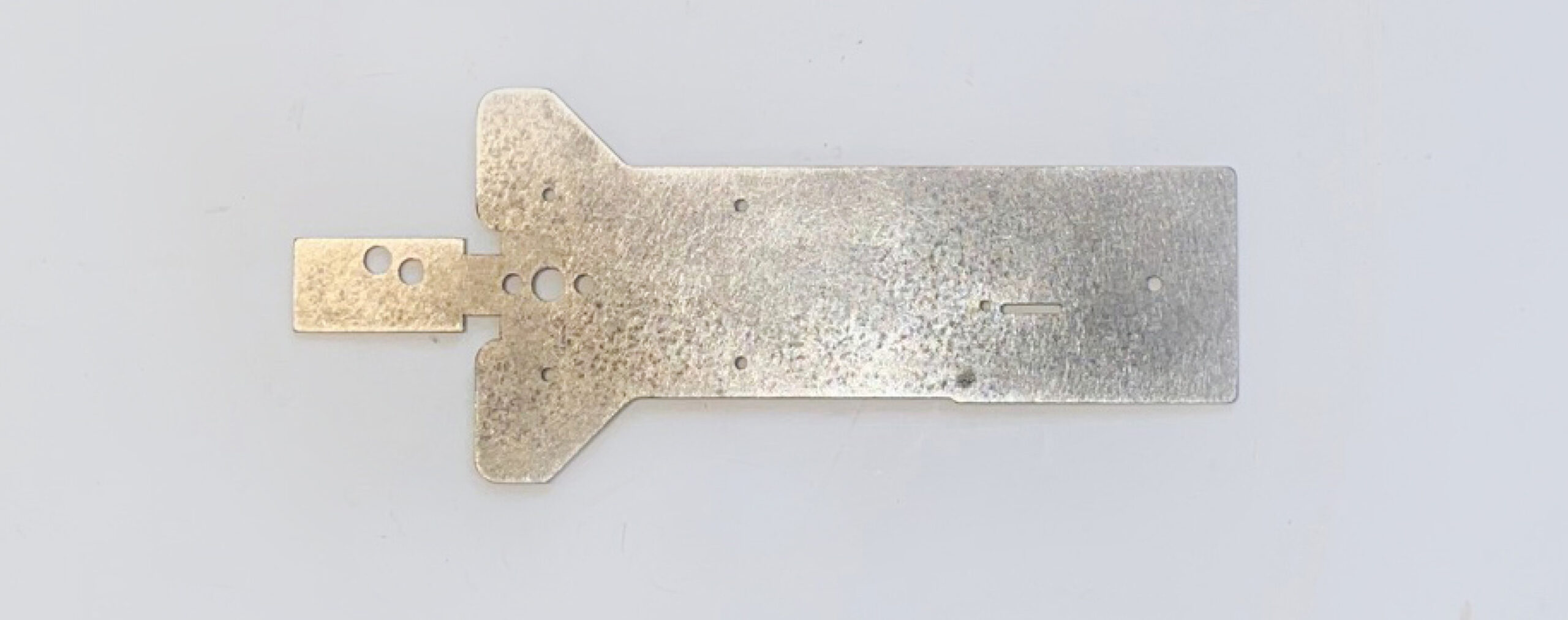
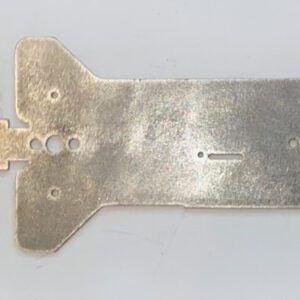
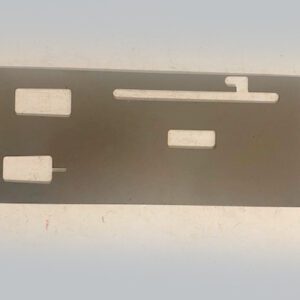
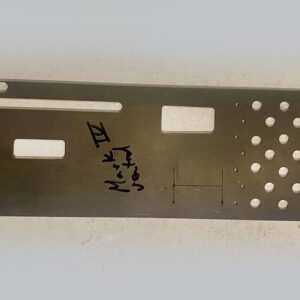
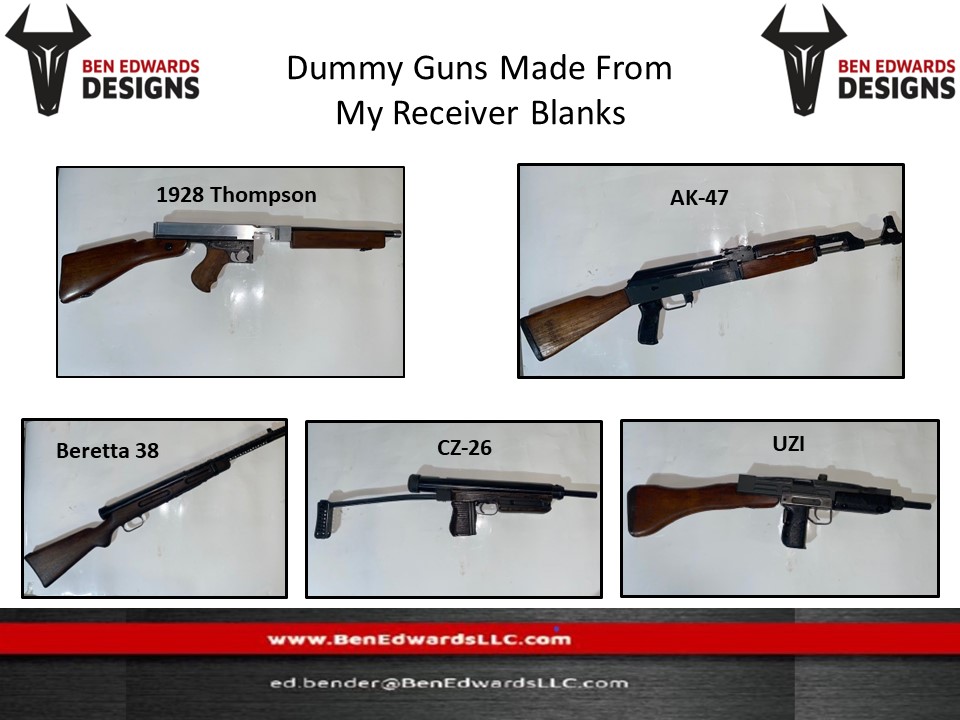
Reviews
There are no reviews yet.